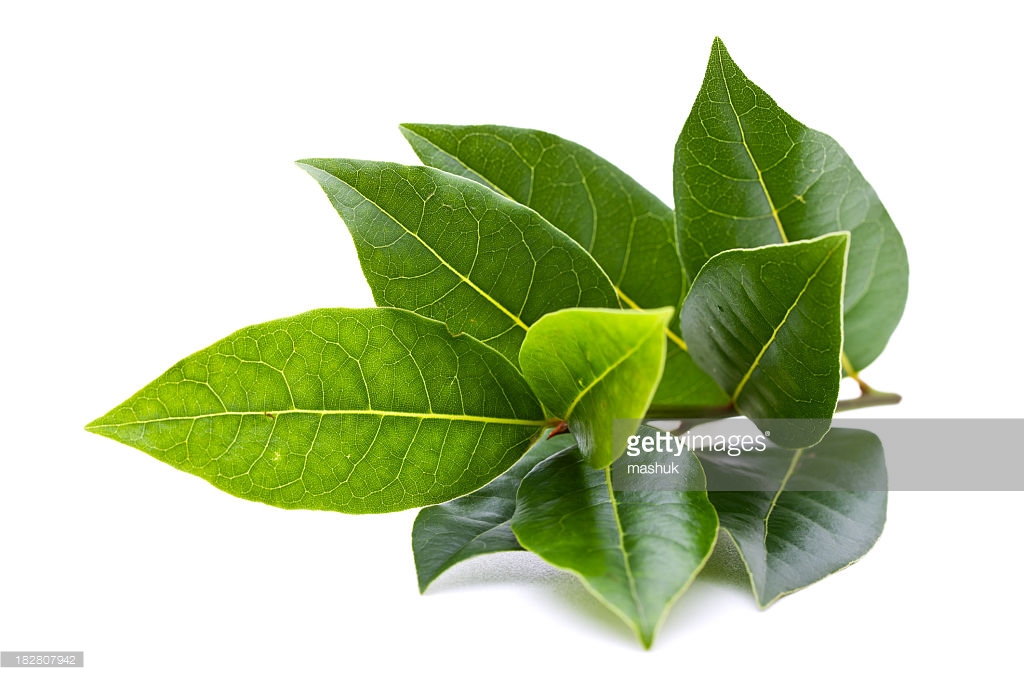





A Place in History
In the beginning of humankind's love affair with odor was the issue of survival. Smelling danger, smelling what was good to eat to drink, smelling a healthy potential mate, smelling weather....these were the aromatics that helped humankind survive and evolve. Then we discovered fire. Smoke from burning aromatic woods developed mystical powers. Teas, infusions, decoctions, and macerations in both oil and water followed, and fire helped us produce these mixtures.
As was mentioned before, distillation seems to have appeared at odd, seemingly unconnected intervals prior to its perfection in the eleventh century. Archaeological investigation indicates that water -hydrosol, to be precise-was the product coming off the early stills. It is also important to remember that the development of herb "gardens" began a very long time ago.
Aromatherapy is, after all, an herbal or phytotherapy, and it is the connection with the power of the earth that we accessed through the plants. Distillation was just another step in our quest to access the magic, that quinta essentia that is the power of nature. It is estimated that humans started saving and planting seeds some ten thousand to twelve thousand years ago.
The Egyptians were planting herbs, trees, and sacred flowers for religious, health, and aesthetic uses over four thousand years ago, and the Roman Chamomile (Chamaemelum nobile), has been identified as one of the main ingredients in the embalmed mummy of Ramses 11(d.1224 B.C).
The Romans already occupied an area from Turkey to France by the time Theophrastus wrote his herbal Historia Plantarum in 300 B.C., and plant material from all corners of the empire were exchanged and planted in gardens for their myriad properties. The early Christians based on their monastic gardens on the designs of the Egyptians, Syrians, Persians, and Romans; "When Saint Benedict founded the Benedictine order at Monte Cassino in Italy in 540 A.D., gardening was second only to prayer in the monastic regime."
It seems perfectly reasonable-when one considers that plants and spirituality or ritual have been inextricably linked since the evolution of humankind-to return to that thinking today. Science does not have all the answers to the magic properties of the plant realm, and if we are truly to call ourselves aromatherapists, herbalists, naturopaths, or any similar title, we must surely recognize and embrace the spiritual and energetic aspect of our work with the natural wold.
The earth itself was once recognized as a goddess, Gaia, and honoured for its gifts. The recognition of Gaia has returned, starting with the scientists of today. In the Islamic traditions the rose has its tradition in a drop of sweat from the brow of Muhammad. The word baccalaureate came from the Greek practice of crowning graduating doctors with the Bacca laureus, a garland of bay leaves.
And even sixty thousand years ago we used plants as part of the rites of burial. In the grave of a Neanderthal man found in Iraq in the 1970s, the body was surrounded with flowers, including yarrow, still widely known for its therapeutic properties.
Reference: Hydrosols-The Next Aromatherapy: Suzanne Catty
Articles - Most Read
- Home
- What are Hydrosols
- What are Hydrosols-2
- The Monographs
- How to Make a Hydrosol
- Table of Common Latin Names and pH Values - F - O
- Distilled or Extracted Specifically For Therapeutic Use - 3
- What isn't a Hydrosol?
- Kurt Schnaubelt
- Table of Common Latin Names and pH Values - P - S
- Wholly Water!
- Blue Babies
- Mature Skin
- Supply and Demands
- Recipes Alpha F
- Hydrosols In The Marketplace
- Hemorrhoids
- Nelly GrosJean
- Water as Medicine
- Chemicals: Friends or Foes?
- Genitically Modified Plants
- Water Quality
- Influences
- The Educated Consumer
Articles-latest
- Comptonia peregrinal/Sweet Fern- pH 3.8
- Citrus clementine (fe) Clementine Petitgrain- pH 4.3-4.4
- Citrus aurantium var. amara (flos) /Neroli Orange Blossom-pH3.8-4.5
- Cistus ladaniferus/Rock Rose-pH 2.9-3.1
- Cinnamomum zeylanicum (ec) Cinnamon Bark-pH3.3
- Chamaemelum nobile/Roman Chamomile - pH 3.0-3,3
- Centaurea cyanus/Cornflower/Bachelor's Button-pH 4.7-5.0
- Cedrus atlantical/Cedarwood/Atlas Cedar-pH 4.1- 4.2
- Hydrosols -The PH - Anomalies
- Hydrosols- Establishing Shelf Life and Stability
- Boswellia carterii/FRANKINCENSE
- Asarum canadense/ Wild Ginger/Canadian Ginger
- Artemesia vulgaris / Artemesia
- ARTEMESIA DRACUNCULUS - TARRAGON
- Angelica archangelica / Angelica Root - Hydrosols
- The Key, or More Correctly, the pH - 2 - Hydrosols
- The Key, or More Correctly, the pH-Hydrosols
- The Hard pHacts - Hydrosols
- Calamus Root/Sweet Flag - ACORUS CALAMUS
- Yarrow - Achillea millefolium - Hydrosols
- Balsam Fir - Abies balsamea - Hydrosols
- How the Monograps are Presented
- The Three-Week Internal Protocol - Hydrosols
- Protocols - Hydrosols

